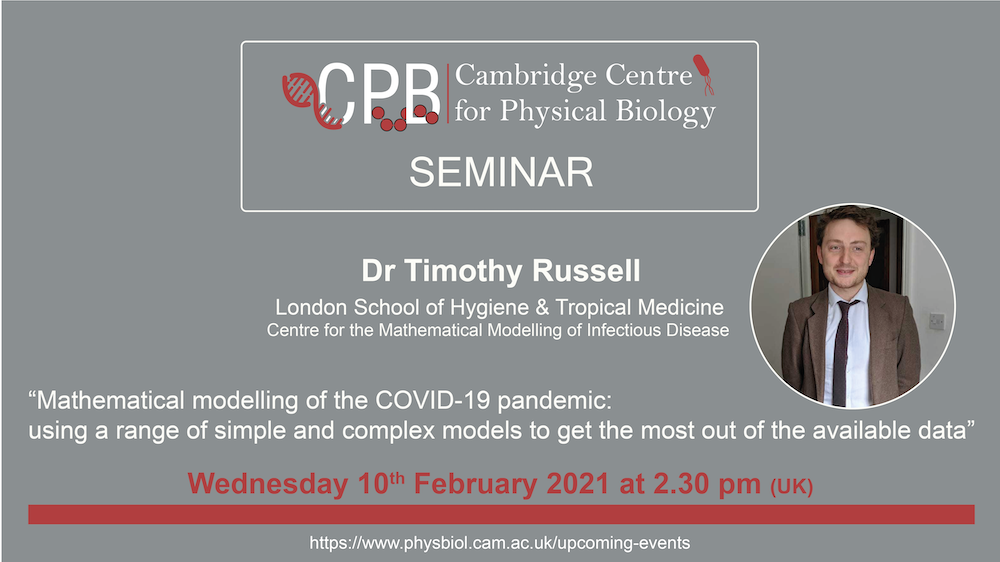Abstract
"Responding to the COVID-19 pandemic effectively has relied heavily on mathematical modelling. The optimal complexity of a model that that can extract accurate estimates out of the available data is in practice determined by how informative such data is. Guided by practicality, we have used models from both ends of the complexity spectrum. Presenting several examples of models from both ends of the spectrum, I concentrate both on the mathematical details of the models and how the level of complexity was determined given the available data. The examples I will discuss in detail include: estimating the true numbers of infections worldwide and reconstructing the outbreaks using the inferred estimates; estimating how the ability to detect SARS-CoV-2, the causative agent behind the COVID-19 disease, varies over the course of entire infections (i.e. how long after the exposure event is either type of test most accurate?) and finally estimating the relative increases in transmission and severity due to the numerous variants of the virus."
Talk recording


